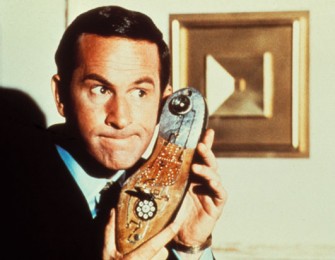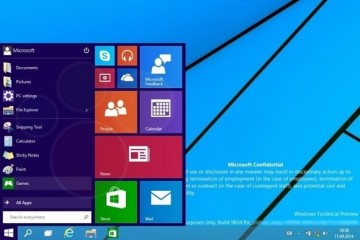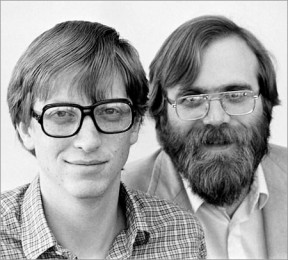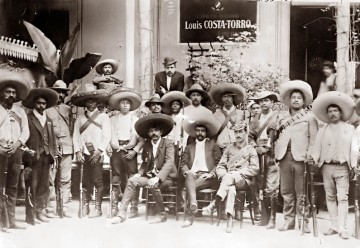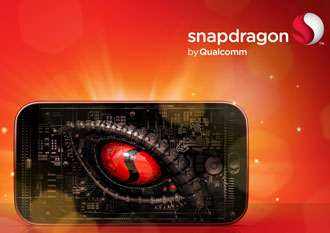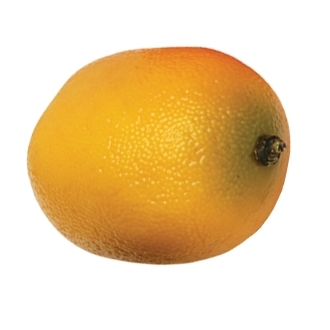 It looks like Apple’s new iPhone 6 will have the same performance of its older gizmos according to Hot Hardware benchmarking
It looks like Apple’s new iPhone 6 will have the same performance of its older gizmos according to Hot Hardware benchmarking
Normally one of the few things that is different about the new model iPhone is a that it comes with a better chip. Last time it was the A7 System-on-Chip (SoC) which was the world’s first 64-bit smartphone processor.
Even Apple naysayers said that the A7 chip was rather good and dominated benchmark runs and consistently outperformed previous generation iPhone models.
However if Apple fanboys were hoping for a performance bump from the iPhone 6 and iPhone 6 Plus, both of which sport a custom A8 SoC they are going to be disappointed.
Hot hardware noted only modest gains compared to the iPhone 5s. The dual-core 1.4GHz Cyclone CPU and A8 GPU, the iPhone 6 scored 21,204.26 and a earned a place at the top of the chart, though not by much. The iPhone 5s scored 20,253.80 in the same benchmark so the iPhone 6 is less than 5 percent faster than the iPhone 5s.
What is strange is that not only was everyone expecting a better performance gain the iPhone 6 launch live stream implied that the difference would be huge.
Apple said that the all-new A8 chip is our fastest yet. Its CPU and graphics performance are faster than on the A7 chip, even while powering a larger display and incredible new features. And because it’s designed to be so power efficient, the A8 chip can sustain higher performance.
Well it is sort of true – the chip is faster, but not by enough for anyone to notice.
According to Apple, it offers 84x faster graphics performance than the original iPhone and is up to 50x faster in CPU performance.
Hang on a minute, Apple is comparing its current chip with that of the first iPhone which was released in June 29, 2007. Of course, the iPhone 6 is going to be faster. However, this means that Apple is aware that its new chip is disappointing and it is trying to pretend it is hot.
